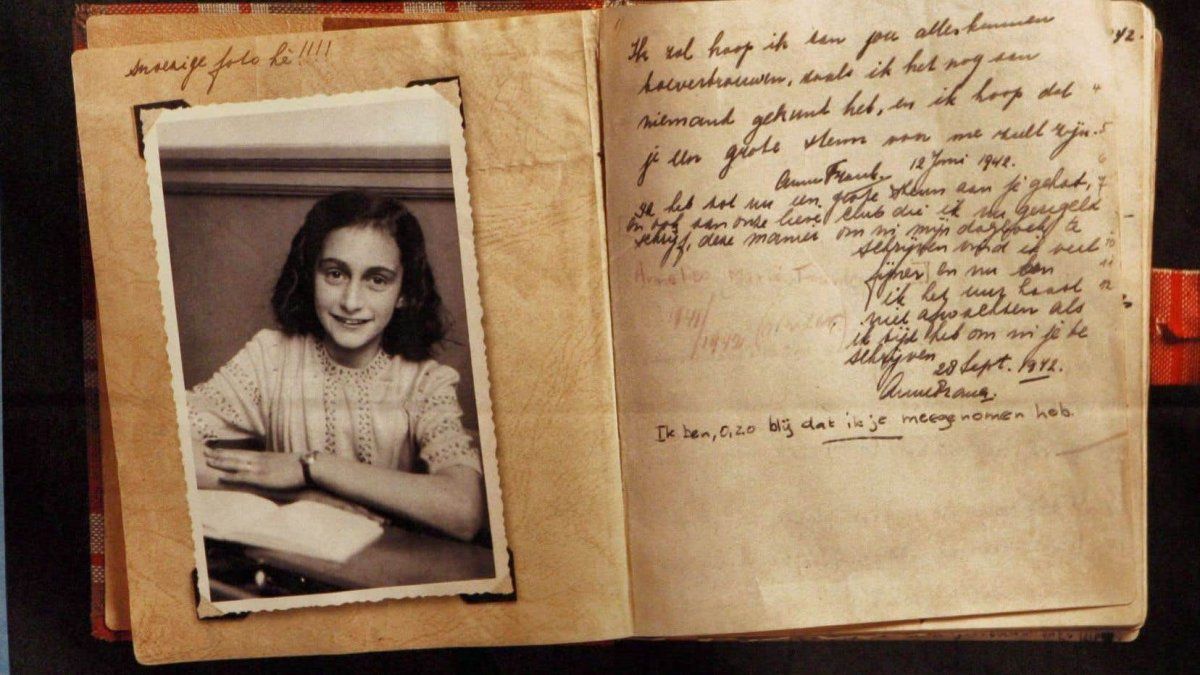The first version was titled “Het Achterhuis” (“The Annex” in Dutch) and in Spanish was published in 1955 as “The Back Rooms”.
“The Annex” or “The Back Rooms” refer to the secret apartment behind a false library, in a house in Amsterdam, where the Frank family lived in hiding between 1942 and 1944.
In the diary, Frank describes his thoughts and feelings during the forced isolation with his father, mother and sister and four other refugees in that hideout in front of one of the most iconic canals in the Dutch capital.. With clear prose and brutal honesty she recounts her impressions of the other occupants, she confesses her difficult relationship with her mother and also her ambition to one day become a writer to narrate her experiences during the war. It is precisely these themes -partly universal- that make the book a classic and that, over the years, has challenged adolescents and young people of different generations.
During these years, the reissues of that original have been adding layers of reading to the work. In France, it was published for the first time in a non-Dutch language in 1950 under the curatorship of the editor Calmann-Lévy, and who will now republish it in a “definitive and large format” version because it includes all the versions and an unpublished fragment that was discovered in 1998.
In Argentina, Eudeba and the Ana Frank Center published a complete and integrated version of the “Ana Frank’s diary”which articulates the rewriting of the original that the author faced while she was in hiding with draft texts that correspond to the last four months of her life.
Source: Ambito
David William is a talented author who has made a name for himself in the world of writing. He is a professional author who writes on a wide range of topics, from general interest to opinion news. David is currently working as a writer at 24 hours worlds where he brings his unique perspective and in-depth research to his articles, making them both informative and engaging.




